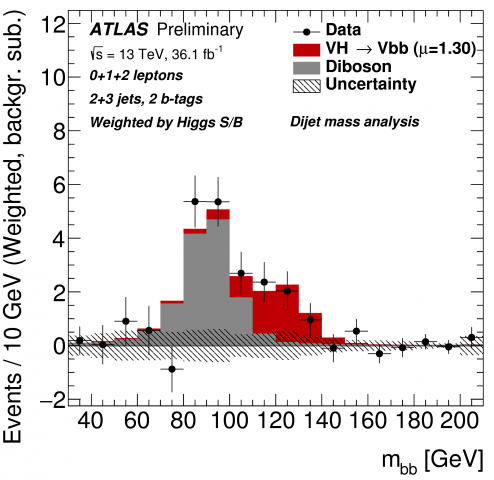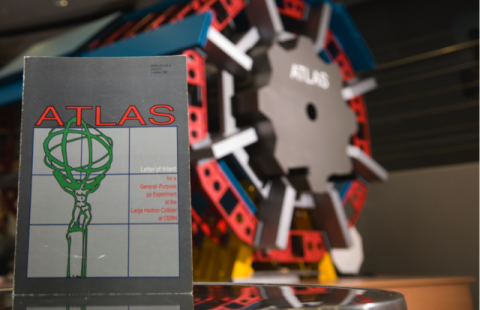
ATLAS Collaboration publishes Letter of Intent
The ATLAS Collaboration proposes the construction…
Know more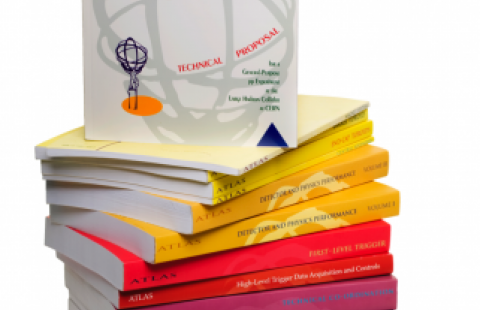
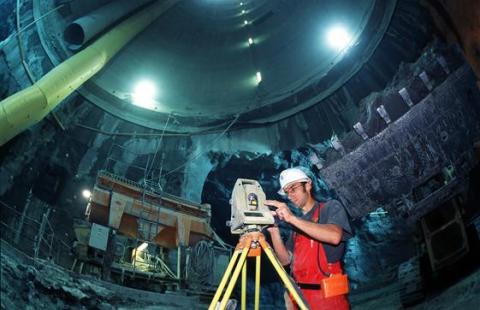
Excavation of the ATLAS Experiment cavern begins
Team of engineers begin excavating a series of…
Know more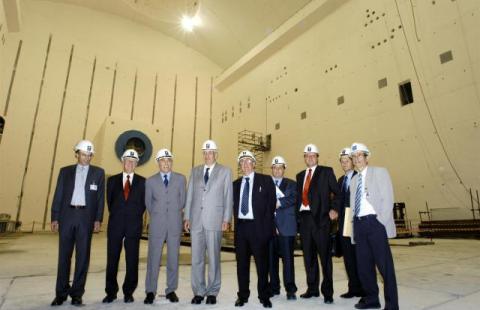
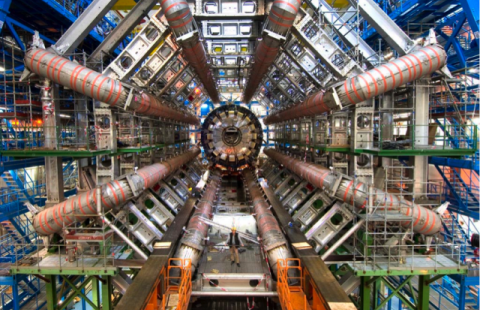
World’s largest superconducting magnet turns on
The ATLAS Barrel Toroid, a characteristic…
Know more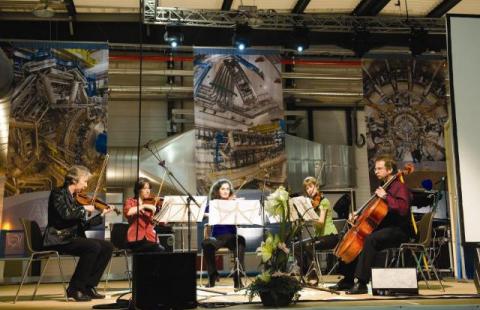
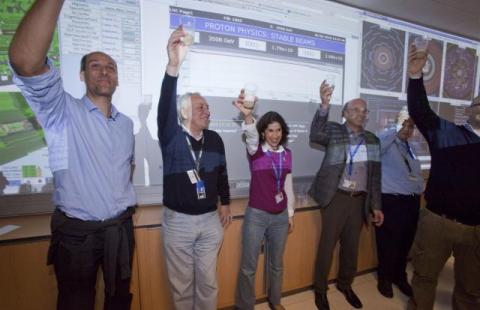
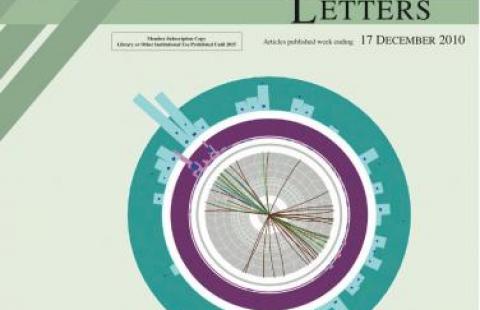
ATLAS observes striking imbalance of jet energies in heavy ion collisions
Only 3 weeks into its first LHC heavy-ion run,…
Know moreFirst ATLAS observation and rate measurement of top quark pairs
The ATLAS Experiment observes the production of…
Know more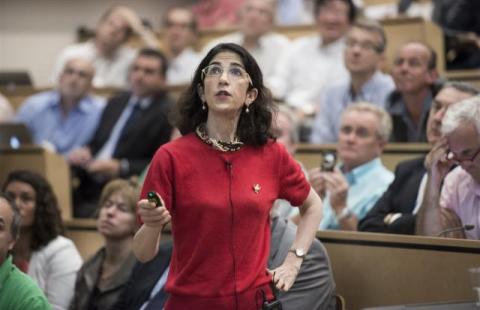
ATLAS and CMS observe a particle consistent with the Higgs boson
On 4 July 2012, as a curtain raiser to the year…
Know more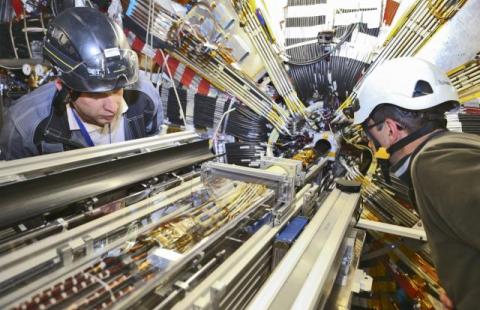
Toward 14 Tev: preparing for increase in total energy
In February 2013, the LHC and the ATLAS…
Know more
ATLAS finds evidence for the rare electroweak W±W± production
ATLAS publishes first evidence for electroweak…
Know moreATLAS Begins Recording Physics Data at 13 TeV
ATLAS began recording physics data from 13 TeV…
Know moreCombination of Higgs boson production and decay measurements of ATLAS and CMS
The ATLAS and CMS Experiments release combined…
Know moreFirst measurement of the W boson mass at the LHC
ATLAS shows its strength for precision physics,…
Know more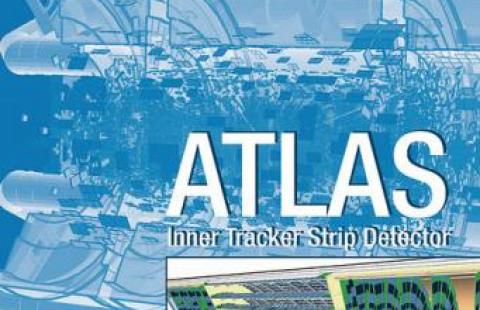
First Technical Design Report released for ATLAS upgrade
ATLAS begins preparations for the Phase II…
Know more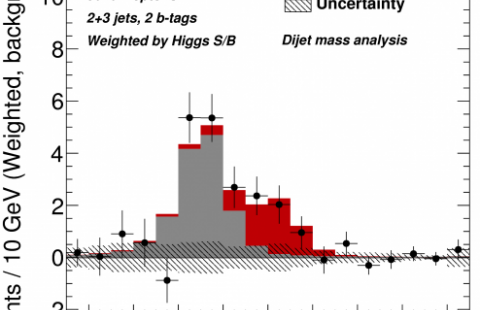
First direct evidence of light-by-light scattering at high energy
ATLAS publishes the first direct evidence of high…
Know moreATLAS observes direct interaction of Higgs boson with top quark
ATLAS announces the observation of Higgs bosons…
Know moreATLAS observes elusive Higgs boson decay to a pair of bottom quarks
The Higgs boson is observed decaying into a pair…
Know more
Embed this timeline
ATLAS Collaboration publishes Letter of Intent
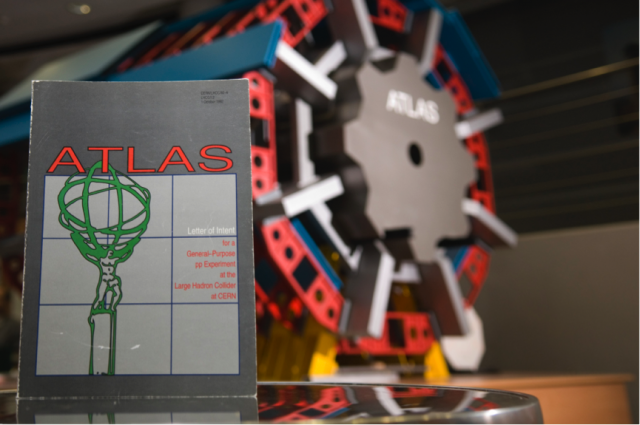
Submission of Technical Proposal
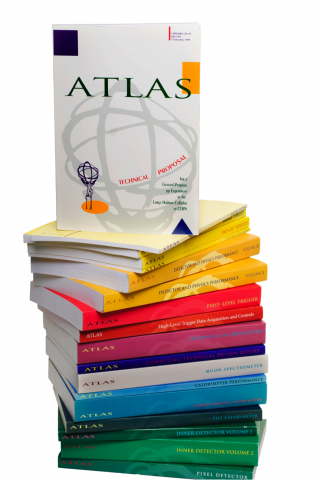
ATLAS Experiment Technical Proposal and Technical Design Reports for sub-detectors. © CERN
Formal Approval of ATLAS Experiment
Excavation of the ATLAS Experiment cavern begins
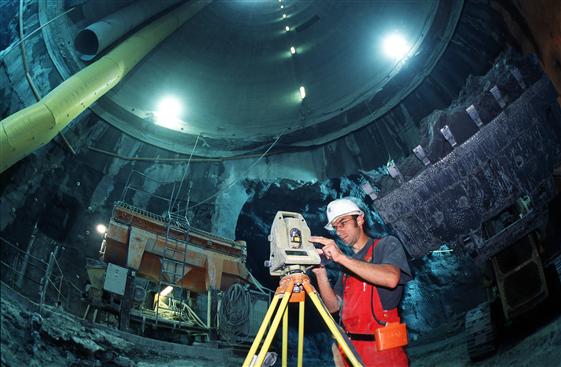
2000: Working inside the ATLAS cavern. © CERN
ATLAS cavern inaugurated
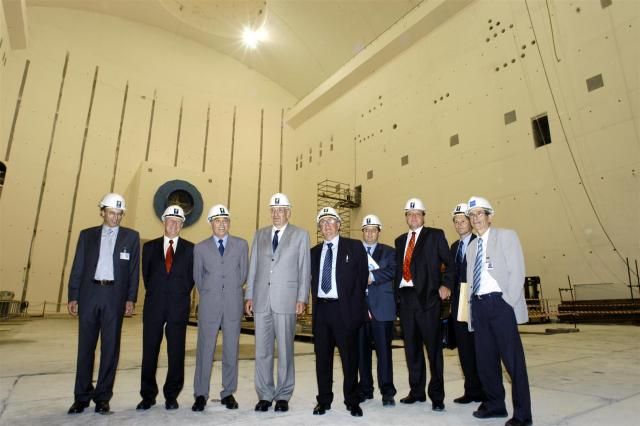
June 2003: Inauguration of ATLAS cavern. © CERN
World’s largest superconducting magnet turns on

The ATLAS detector under construction in 2005. © CERN
End of ATLAS construction
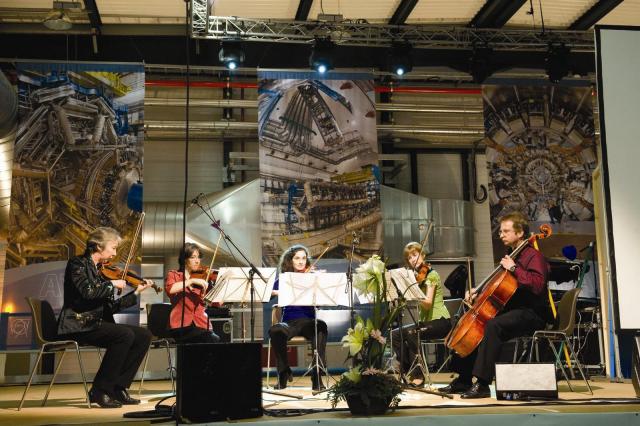
October 2008: Performance at the ATLAS start-up event. © CERN
ATLAS records first collisions
First LHC collisions at 7 TeV

Martin Aleksa, Lyndon Evans, Fabiola Gianotti and Peter Jenni toast running at 7 TeV in the ATLAS Control Room. (IMAGE: CERN)
ATLAS observes striking imbalance of jet energies in heavy ion collisions
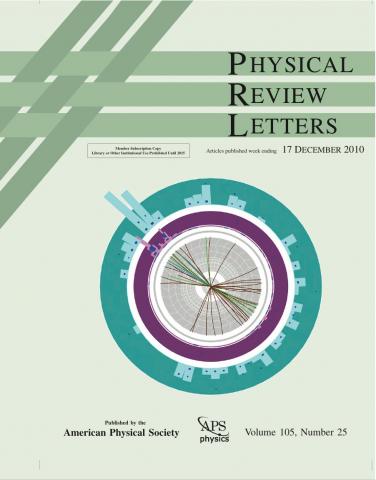
First ATLAS observation and rate measurement of top quark pairs
ATLAS and CMS observe a particle consistent with the Higgs boson
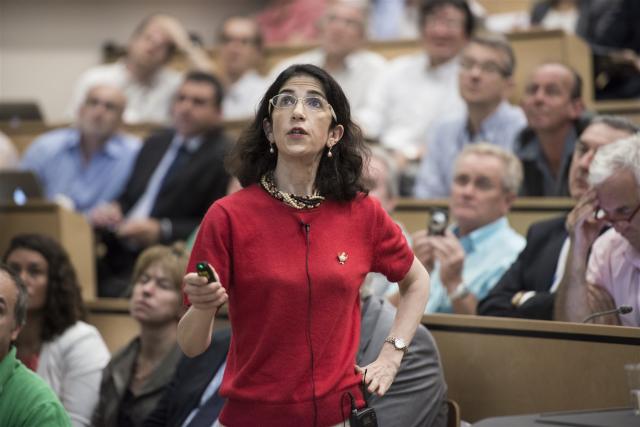
ATLAS spokesperson, Fabiola Gianotti, presents the collaboration's results. (IMAGE: CERN)
Toward 14 Tev: preparing for increase in total energy
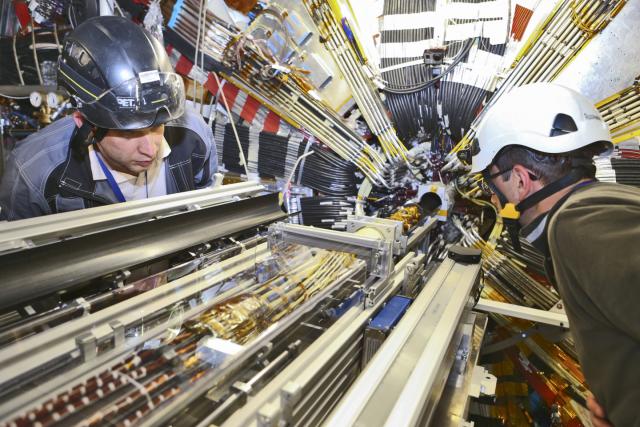
2014: Installation of the IBL during Long Shutdown 1. © CERN
Nobel Prize for the Higgs discovery
Data-taking to continue until 2035

ATLAS finds evidence for the rare electroweak W±W± production
ATLAS Begins Recording Physics Data at 13 TeV
Combination of Higgs boson production and decay measurements of ATLAS and CMS
First measurement of the W boson mass at the LHC
First Technical Design Report released for ATLAS upgrade
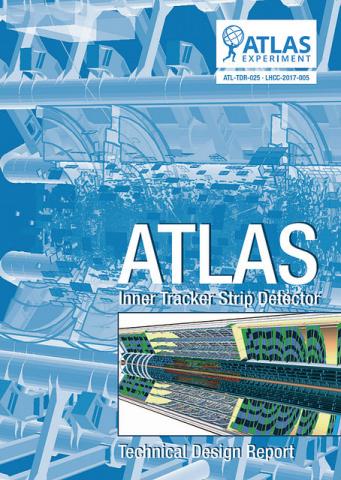
Sighting the Higgs in its favourite decay
